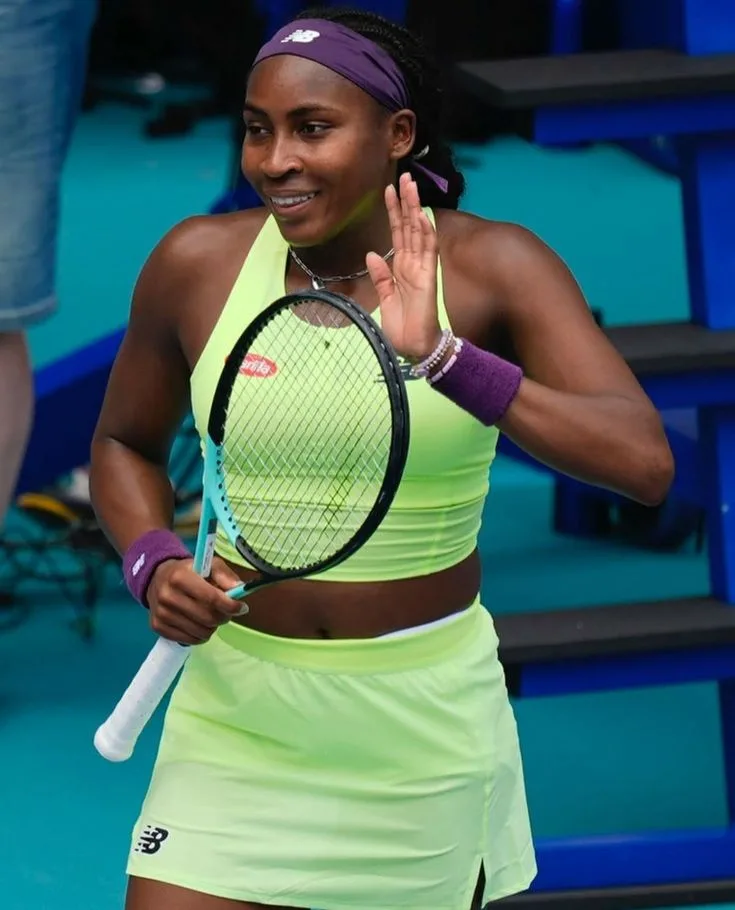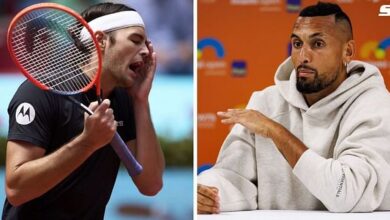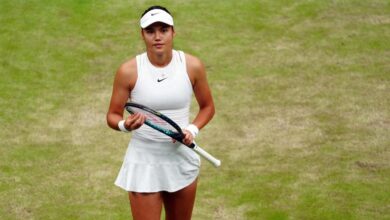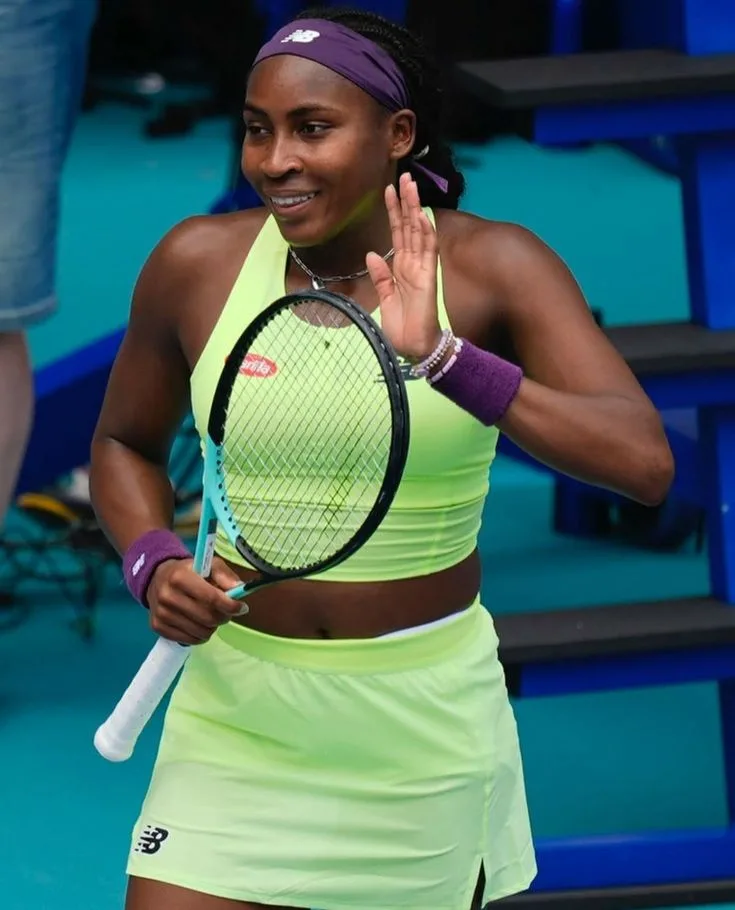Coco Gauff’s Retirement Plan Stands in Stark Contrast to Idol Rafael Nadal’s
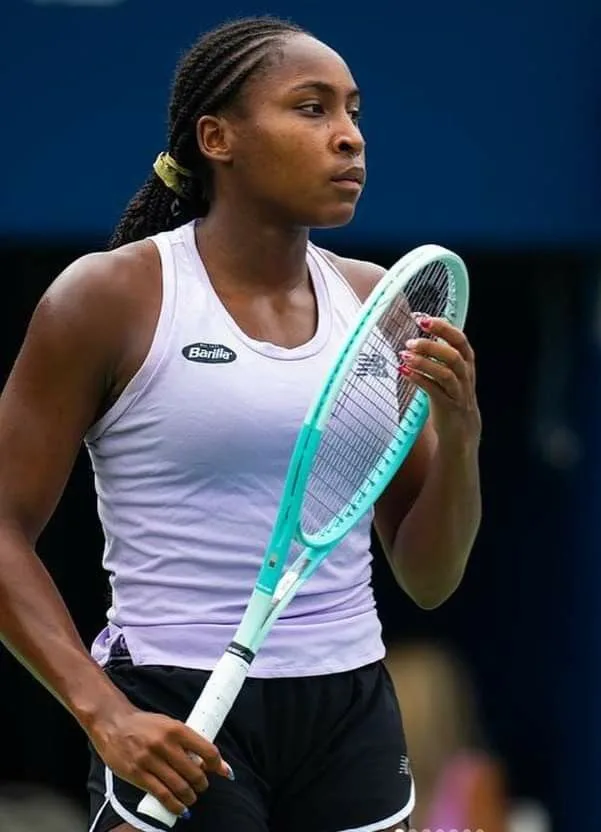
In the world of professional tennis, discussions about career longevity and retirement are as inevitable as the final set in a championship match. For many players, the physical and mental toll of the sport dictates their exit strategy. Yet, the approach to retirement varies significantly among top athletes, with some pushing their limits until their bodies no longer comply and others opting for an early departure to explore life beyond the court. Such is the striking contrast between American tennis sensation Coco Gauff and her idol, Spanish legend Rafael Nadal.
Two Tennis Icons, Two Distinct Paths
At just 20 years old, Coco Gauff has already achieved milestones that most players can only dream of. The youngest American woman to win a Grand Slam since Serena Williams, Gauff has solidified herself as a force to be reckoned with on the WTA tour. However, despite her meteoric rise, she has made it clear that she does not envision a decades-long career in the sport.
Gauff has openly expressed that while she loves tennis, she has no intention of playing deep into her 30s or pushing her physical limits to extremes. In an era where many players are extending their careers well past the traditional retirement age, her approach is refreshing and pragmatic. The American star has emphasized her desire to enjoy life outside the sport, explore other passions, and maintain her health.
In stark contrast, Rafael Nadal has epitomized the warrior mentality that has come to define the greatest tennis champions. The Spanish maestro, a 22-time Grand Slam champion, has endured years of grueling competition, pushing his body to the absolute limit. Even as injuries have plagued him in the latter half of his career, Nadal’s love for the game and his insatiable hunger for competition have kept him going well into his late 30s.
Gauff’s Perspective: A Balanced Approach to Career and Life
Gauff has often spoken about her admiration for Rafael Nadal, not just for his relentless work ethic but also for his humble and gracious demeanor. Yet, when it comes to career trajectory, she takes a vastly different stance.
In interviews, Gauff has hinted that she does not see herself playing professional tennis into her late 30s, emphasizing the importance of personal happiness and health. She has acknowledged that tennis is only one aspect of her life and that she wants to pursue other ventures, whether in business, philanthropy, or media.
One of the key reasons behind Gauff’s perspective is her awareness of the toll that professional sports take on an athlete’s body. She has seen firsthand how injuries have impacted players who extend their careers well beyond their physical prime. The idea of retiring on her own terms, rather than being forced out due to injury, seems to be a guiding principle in her outlook.
Nadal’s Relentless Pursuit of Greatness
Nadal, on the other hand, has built a career on resilience, grit, and perseverance. The Spaniard has battled numerous injuries, from chronic knee issues to foot ailments, yet he has repeatedly returned to the court, unwilling to let physical setbacks dictate his exit.
For Nadal, tennis is more than a sport—it is a way of life. His passion for the game, coupled with his deep respect for competition, has fueled his prolonged career. Even as he approaches his 40s, the idea of retirement remains elusive, as long as his body allows him to compete at a high level.
Nadal’s longevity is a testament to his ability to adapt his game, manage injuries, and maintain his mental fortitude. His unwavering determination has not only made him one of the greatest players of all time but has also inspired younger generations, including Gauff.
The Changing Landscape of Tennis Careers
Gauff’s perspective on retirement represents a broader shift in how modern players view their careers. In the past, the norm was to play until the body could no longer sustain the demands of professional tennis. However, the new generation of players is increasingly prioritizing longevity, mental health, and life beyond the sport.
With advancements in sports science, recovery methods, and financial stability, players like Gauff have the luxury of making decisions based on their well-being rather than financial necessity. Unlike previous generations, where retirement was often a decision forced by injury or declining performance, today’s players can plan their exits more strategically.
Gauff’s Future: Beyond Tennis
As much as Gauff loves the sport, she has expressed interest in various fields outside of tennis. Whether it be social justice advocacy, entrepreneurship, or media, she has already demonstrated a keen awareness of the opportunities available to her. Her charismatic personality, intelligence, and strong sense of purpose suggest that she will thrive in whatever she chooses to pursue post-tennis.
Unlike Nadal, who has dedicated nearly every aspect of his life to tennis, Gauff sees the sport as a platform rather than an identity. Her willingness to embrace life beyond the baseline reflects a modern, holistic approach to sports careers.
The Legacy of Two Greats
While their retirement plans may differ, both Gauff and Nadal will leave indelible marks on the sport. Nadal’s legacy is built on his relentless pursuit of excellence, his iconic rivalries, and his ability to defy the odds. His commitment to the game, despite physical challenges, will be remembered as one of the greatest testaments to perseverance in tennis history.
Gauff, on the other hand, is carving out a legacy of her own, one that extends beyond her performance on the court. Her emphasis on balance, mental well-being, and future ambitions serves as an inspiration for the next generation of athletes who want to define their careers on their own terms.
Conclusion
Coco Gauff and Rafael Nadal represent two different philosophies when it comes to career longevity in tennis. Nadal’s enduring love for competition has kept him on the court despite years of physical wear and tear, while Gauff’s pragmatic approach reflects a new era of players who prioritize their well-being and life beyond the game.
Both approaches are valid, and both will be celebrated. Whether one chooses to fight until the last possible moment or step away while still at the top, what matters most is the impact they leave behind. For now, Gauff continues her ascent, while Nadal remains a living legend. The tennis world will watch closely as both carve their paths—one nearing the twilight of an illustrious career and the other shaping a future that extends far beyond the court.
